Introducing Business and Investment Opportunities
1.Oil and Gas
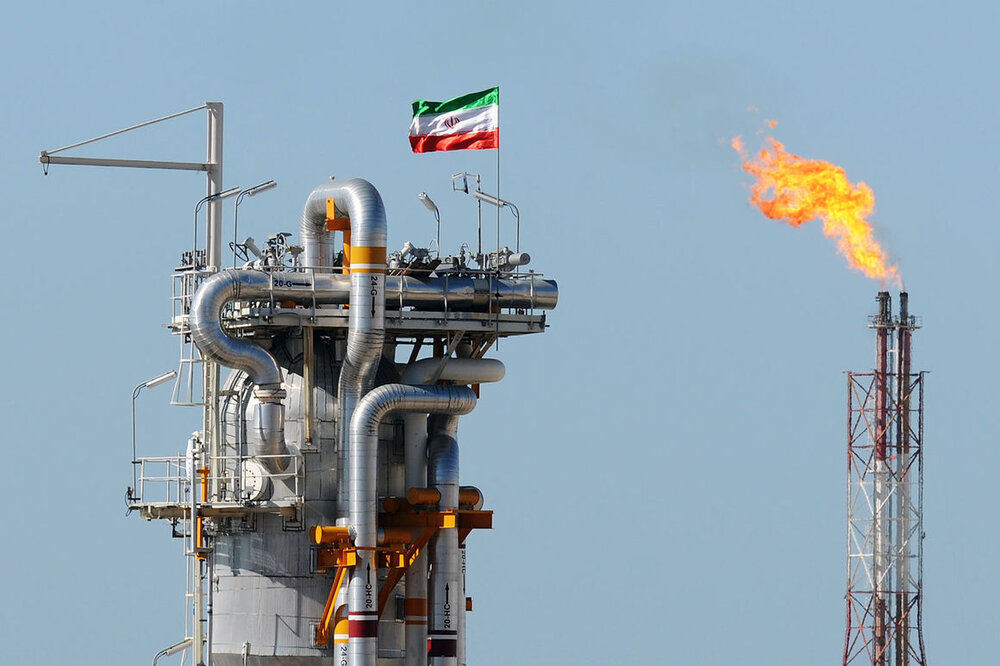
Being ranked the second country in the world with highest amount of gas reserves and gas exports, it is not surprising that its Petroleum industry makes Iran’s main source of income and therefore a paradise for investors. Most of Iran’s oil reserves (about 80%) were discovered before 1965, 70% of which are located onshore. The offshore reserves are located in the Persian Gulf mainly. According to “National IranianGas Company“; Iran’s proved gas reserves are 33.8 TCM in 2014. Theoil and gas industry has been the engine of economic growth in Iran, directly affecting public development projects, the government’s annual budget, and most foreign exchange resources. According to OPEC 2016 report; Iran’s Petroleum industry produces about 3.7% (in 2016) of the world’s total crude oil (3.8 million barrels per day). The last figures that were released by Iran’s Central Bank indicated that this sector constituted about 37.8% of total government revenues. Having been ranked as the 7th country among the members of Organization of Petroleum Exporting Countries (OPEC) in 2015, Iran exports 1.08 million barrels of crude oil in 2015 and 1.9 million barrels of crude oil in 2016 a day. Some of the features of Iran’s Oil and Gas sector are as follows:
- Owning 9.3% of the world’s proven oil reserves.
- Iran ranks the 4th on a global scale in terms of its 158 bn barrels of oil reserves.
- Iran is endowed with 62 onshore oil fields, 16 offshore oil fields, 20 onshore gas fields, and 2 offshore gas fields that are currently operational in the country.
- Following the uplifting of the sanctions in the year 2015, Iran’s production of oil increased to 3,651 from 3,152 barrels per day and its export of oil witnessed a surge from 1,081 to 1,922.
- Having the shortest route to the large gas market (Caspian region, South East Asia, etc.)
- High production potential (about 1 TCM/Day in the next 4 years, via South Pars and other reserves development).
- Broad infrastructure for taking gas to various consumption areas inside and outside Iran.
- Possibility of export, transit and swap via pipelines to Turkey, Armenia, Iraq, Azerbaijan, Pakistan, Europe, the Persian Gulf region and also via LNG to Asian and European countries
Vision
- In the 6th Five-Year Development Plan, the daily productions of oil, gas and gas condensate are projected to reach 4.5 million barrels, 1.3 billion cubic meters and 950,000 barrels respectively. (source: NIOC)
- The country plans to reach the second rank in oil and gas production capacity. (Vision 1404)
- Annual growth rate in employment, investment, efficiency in oil sector is estimated respectiviy about 2.1, 39.5 and 1.8 in the 6th Five-Year Development Plan.
- Export growth rate in the first year of the 6th Five-Year Development Plan should be about 1 billion and 110 trillion Rials equal to 49% growth rate in comparison to the previous year.
- Inshore oil reserves in the country are about 712 billion barrels.
- Natural gas reserves is estimated 16.6% of total world reserves, 49% of MENA region reserves and 38% of total oil exporting countries. There are currently 184 fields comprising 390 reservoirs in the country, 171 of which are developed or under-developed and 209 have not been developed.
- With 22,000 km of national gas pipeline, Iran is considered to have one of the biggest networks in the world.
2.Mining
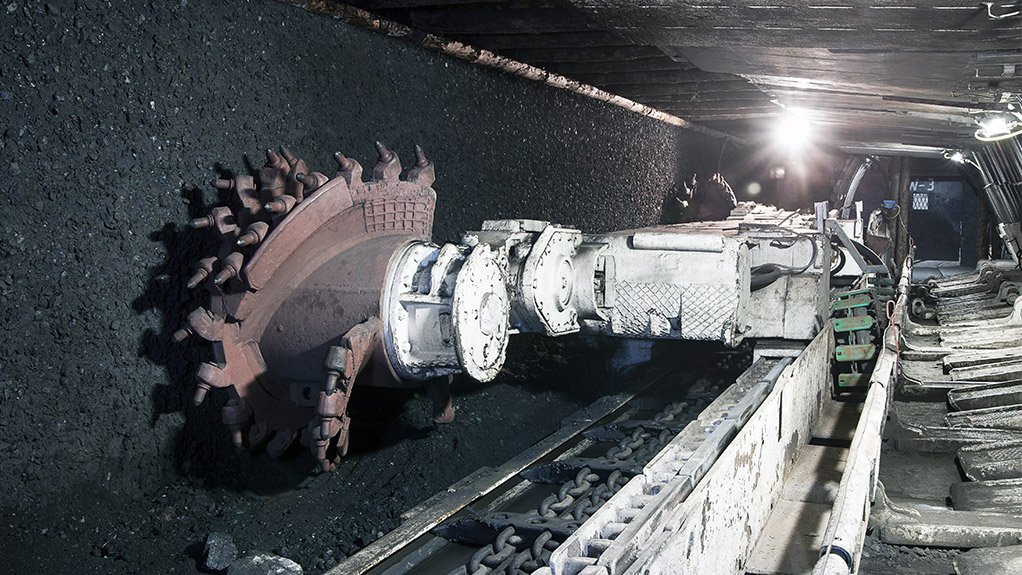
According to the global statistics, Iran is one of the top 10 countries in the world and the first country in the Middle East with rich mineral resources. With 7% of world’s mineral reserves being located in Iran, the country has got variety of opportunities to offer. There are wide variety of mineral resources such as zinc, iron, copper, lead, coal, uranium, chromate, manganese, etc. that are scattered over different parts of the country. Based on the investigations; around 6,000 mines have been identified with more than 68 types of minerals and there are 15,000 of mineral areas with proven reserves of 40 bn tons worth more than 770 bn USD. Some of the features of the Mining sector and its advantages in Iran are as follows:
- By having 12 large mines, Iran holds 8% of zinc reserves, 3% of world’s lead, and is the 4th largest producer of decorative stones in the world.
- “SarCheshmeh” Mines in Kerman province contain the world’s 2nd largest lode of copper ore.
- Endowed with 12% of the Persian Gulf region’s aluminum reserves; Iran will boost the production rate to 1.5 million tons by 2025, and turns into one of the top 10 producers of aluminum in the world.
- There are currently 91,000 people employed in the Mining sector in Iran and around 19,000 more who are indirectly involved in this sector. (source: Statistical Center of Iran)
- With an annual output of over 35 million tons, Iran is one of the top 10 global producers of the iron ore.
- More than 70% of about 6,000 mines in the country are currently active.
- Iran’s mining products represent about 4% of the country’s non-oil exports. (2016)
Vision
- Total foreign investment in mining sector according to the 6th Five-Year Development Plan is to attract more than 15 billion USD.
3. Industry
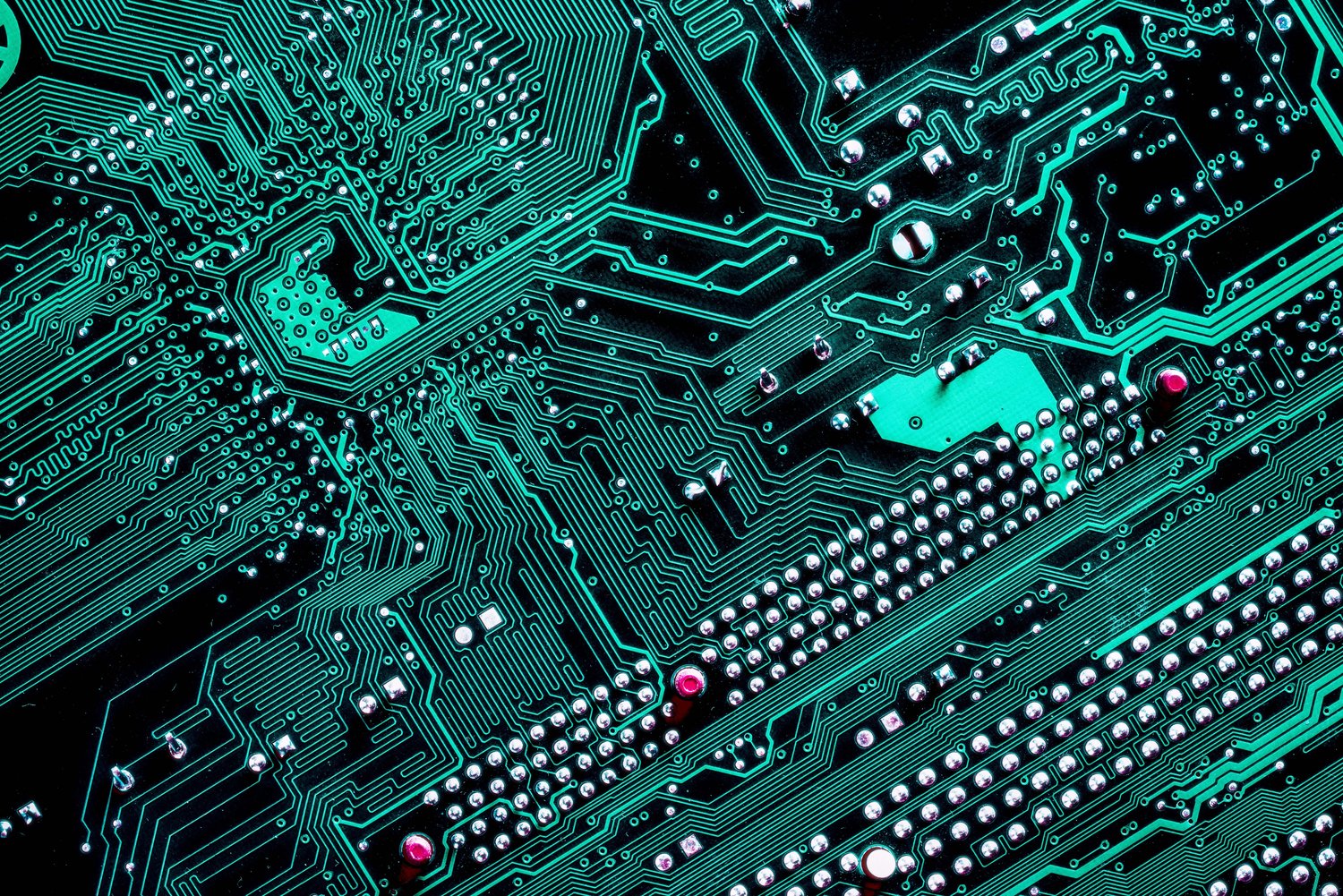
Iran has the largest and the most extended industries among the countries in MENA region and enjoys sufficient infrastructures in upstream, downstream and knowledge-based industries. Iran’s petrochemical industries provide most of the world market necessities by the annual production capacity equal to 60 mn tons. Petrochemical, steel, cement and automotive industry are among the country’s most prominent and successful industries. Some of the features of these four industries are as follows:
- Iran’s petrochemical industry has more than half a century of experience and its production capacity reaches over 61.9 mn tons by operating numerous development projects now.
- Iran’s total petrochemical production was 50.7 mn tons in the year ended March 2017 and in comparison to the nominal capacity, the average percentage of production was 79.2% during this period.
- Presently, Iran is known as the greatest steel producer in the Middle East.
- With 17.9 mn tons of crude steel production, Iran is ranked 14th on a global scale in the year 2016.
- Producing 77 mn tons of cement per year, Iran is ranked 13th in the world in this industry.
- Iran exports cement to some two dozen countries including Iraq, Azerbaijan, Turkmenistan, Afghanistan, Russia, Kazakhstan, Kuwait, Pakistan, Qatar, Turkey, the UAE, Georgia, Oman, India, and China.
- Iran’s automotive industry is deemed as the second most important branch of the national economy, after the oil and gas industry with a turnover of 26 bn USD.
- In 2016, Iran became the world’s 18th large automotive manufacturer with an annual production capacity of 2 mn vehicles and over 8,000 people working in this industry.
Vision
- Iran intends to increase its petrochemical production capacity to 100 mn tons per year as has been predicted by the country’s officials. According to the 6th Five-Year Development Plan, Iran plans to surge its steel production capacity from the current 23 million tons to 40.3 million tons by 2025. In 20 Year Vision Plan (2005-2025), Iran seeks to increase its steel production capacity to 55 mn tons of crude steel and 20-25 mn tons of export per annum and become the world’s 6th largest steelmaker.
4. Infrastructure
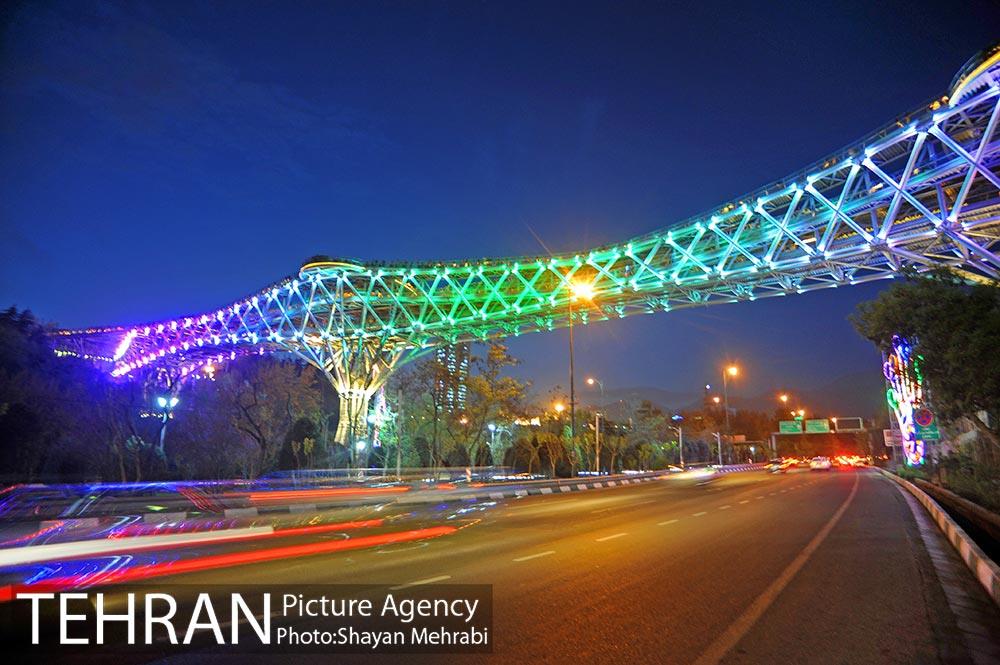
Iran enjoys a strong and widespread infrastructure in most of its sectors. Iran has a wide range of communication networks including over 214,000 km of road and almost 11,000 km of railways. Other features of modern Iran are, enjoying over 600 operational dams and power plants that generate 76,000 MW of electricity production. Iran transport portion in total GDP is about 9% (2014 ). According to 2016 statistics; Iran’s railroads transport about 23 million passengers per year via 2,000 operating passenger wagons.
- A booming consumption and production together with new ways of electricity generation, lead Iran to have a promising perspective in electric power industry. Iran’s electricity domestic consumption and production rates have steadily grown together since 1984. Consumption has constantly risen, and it is expected to rise at about 6 percent per year, over the following decade. Iran ranked 14th largest producer, and 17th largest consumer of electricity in 2015 in the world. With numerous projects underway, Iran has offered more incentives to encourage Iranian and foreign investors to invest in electricity generation sector.
- Iran is among the top ten manufacturers of gas turbines in the world. Further it has sustained technical expertise to set up hydroelectric, gas, and combined cycle power plants. Not only is Iran self-sufficient in terms of power plant construction, but also has concluded a number of important contracts on implementing projects in the neighboring states.
- Demographic trends and intensified industrialization have caused the electric power demand to grow by 8 percent per year. Iran is also experimenting electricity generation from organic wastes, and plans to build power plants using sewage and organic waste of domestic and industrial origin, as fuel. With nearly 300 clear sunny days a year, and an average rate of 2,200 kilowatt-hour solar radiation per square meter, Iran has a great potential to try out the solar energy as well.
Vision
- It is Iran’s Ministry of Roads and Urban Development’s agenda as part of the objectives outlined in the 6th Five-Year Development Plan (2011-16) , to create an airport city comprising of 1,500 hectare free trade zone and a 2,500 -hectare special economic zone in a 13,700 -hectare area surrounding Imam Khomeini International Airport.
- Iran has planned to expand Imam Khomeini International Airport by building a new terminal with the capacity to handle 20 million passengers a year compared to about 6 million in 2015 worth 2.8 billion.
- The port of Bandar Abbas which handles about 75 percent of cargo passing through Iran’s Persian Gulf ports, is doubling its capacity from three million 20-Foot equivalent containers (TEUs) per year to six million.
- Based on the 20 Year National Vision Plan (2005-2025), Iran plans to increase the number of passengers using rail transport to 65 million per year.
- The country plans to boost its electricity generation capacity to more than 100,000 MW within the framework of the 6th Five-Year Development Plan (2016-2021).
- Iran’s officials have stated that 17 billion USD is needed for electricity generation and over 7.5 billion USD is required in transmission, distribution and ultra-distribution sectors.
5. Health
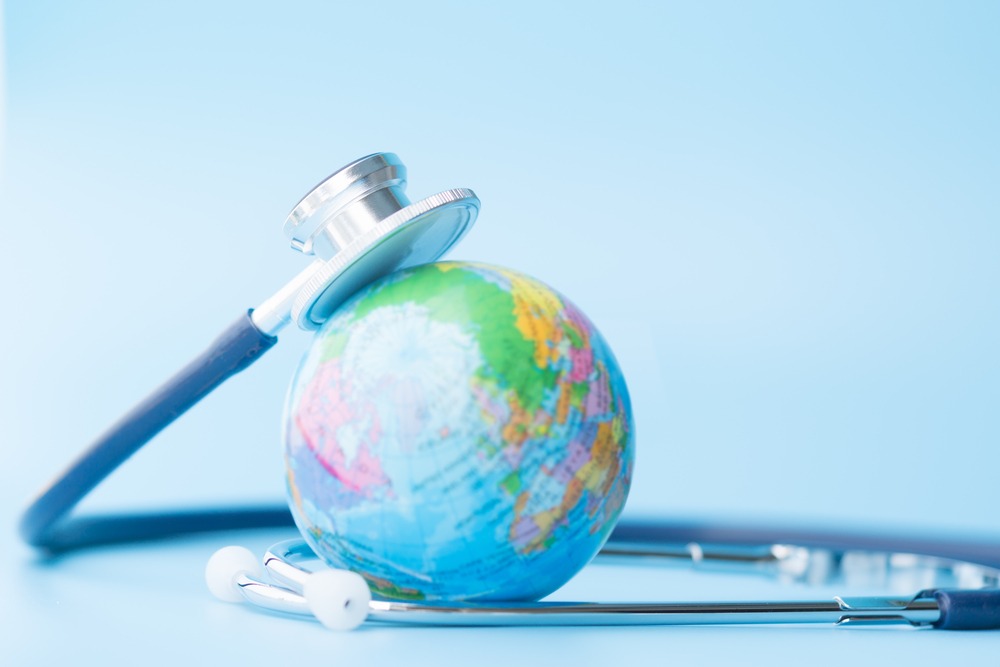
In recent decades, Islamic Republic of Iran has witnessed significant improvement in the health status owing to applied reforms in the primary health care, social determinants of health, and health equity. Despite fewer physicians and hospital beds per capita compared to countries with similar income and health expenses, healthcare related indices have got improved a lot during recent decades. It should be noted that improved life expectancy and reduced mother and infant mortality, despite limited resources is commendable, and it is an indication of relative efficacy.
Iran offers a wide range of state-of-the-art treatment, through an extensive network of highly equipped hospitals, around 924 hospitals, and rehabilitation centers at reasonable costs. Iran has a unique combination of healthy and pleasant climate, wonderful scenery, magnificent historical and cultural monuments as well as cutting-edge technology and sophisticated medical equipment. Before the advent of medical tourism, as we know it today, Iran was known as a destination for treatment of Muslims, attracting thousands of visitors from Persian Gulf countries. In 2004, the government, realizing the potential of medical tourism, passed a law in the parliament as article 87 within the 4th Social, Economic, and Cultural Development Plan.
Today, medical tourism in Iran is an emerging cluster aiming to provide world-class medical facilities by public-private partnership. In the year ended 2015, the number of operating hospitals has reached 924 by which 567 belongs to Iran Ministry of Health, 156 to private sector and the rest of 201 are the other hospitals. With 70 years of experience in producing medicine, Iran’s pharmaceutical industry is working as one of the world and region’s medicinal poles acquiring a wide and diverse range of raw materials and products. While focusing on the production of high-tech medicines that can be exported to the emerging markets, Iranian pharmaceutical companies are working hard to meet the demands, and tomaintain the growth rate in the sector. Some of the outstanding features of this sector are as follows:
- Islamic Republic of Iran has a well-developed and active private health sector; primarily concentrated in urban areas and playing a 27 major role in the provision of secondary and tertiary care.
- Iran is the largest manufacturer of generic chemical drugs across the Middle East & North Africa.
- Setting an outstanding record, Iran as one of the largest pharmaceutical producers was able to generate revenues of over 700 billion USD in 2014 and secure itself a good place in Tehran Stock Market.
- The numbers of ICU, neonatal ICU, and pediatric ICU beds have increased by 34% , 27 %, and 44% respectively in the same period.
Vision
- Under Iran’s 6th Five-Year Development Plan; to achieve close to the global average of 2.6 beds per 1,000 people, an additional 115,000 new beds are required within five years, costing around 15 billion USD (as outlined in the 2016 IRHS Iran Health Summit report).
- The Iranian pharmaceutical market valued by BMI Research at 1.9 billion USD in 2015 is predicted to grow at a compound annual growth rate of 6%.
6. Tourism

At the heart of the Middle East stands a vast and fascinating country with a 5,000-year-old history that bears home to 22 World Heritage sites. Iran’s name for long has thrilled and brought excitement shivers to the hearts of history enthusiasts as well as culture vultures. What needs to be emphasized though is that on top of its diverse arrayof historical, architectural and cultural attractions including various architectural masterpieces, traditional bazaars, Iran also enjoys a favorable and four-season climate, as a result of which it has become home to mesmerizing sceneries and landscapes of distinct types. On top of that, the hospitality shown towards foreign tourists from locals and host community is also something that has been appealing to those visiting the country from outside. With its ancient history; historical monuments and architectural remnants some of which date back somewhere between an average of 2000 years; and rich cultural treasures, Iran has been listed among the top 20 countries with the highest number of tourist attractions. Some of the facts and figures about this booming industry are as follows:
- Based on data from the World Travel and Tourism Council, the direct share of domestic and foreign tourism in Iran’s gross domestic product equaled 7.5% in 2017.
- With the 6.6% growth in tourism sector’s contribution to GDP Iran stands well above the average growth rate of 5.3 in the Middle East. The 10% growth in the number of Iran’s inbound tourists since the lifting of western sanctions, which is more than twice the global average, indicates the country’s flourishing tourism market.
- With the latest addition of city of Yazd, known to be world’s largest inhabited adobe city, Iran is now home to 22 world heritage sites, which puts Iran as the highest ranked country in the Middle East regarding the number of its inscribed world heritage sites and the eleventh worldwide.
- Iran’s annual revenue from health tourism is between 400 million USD and 500 million USD, which is expected to reach 2.5 billion USD in the foreseeable future.
Vision
- As part of its 20 Year Vision Plan, Iran is hoping to attract 20 million tourists per year by 2025.
- ICHHTO has made plans to build 300 four and five-star hotels within five years in cooperation with the private sector that has initiated the construction of more than 170 hotels so far.
- Based on the 6th Five-Year Development Plan (2017-2022), Iran is aiming to attract between 500,000 and 600,000 medical tourists every year.
7. Agriculture
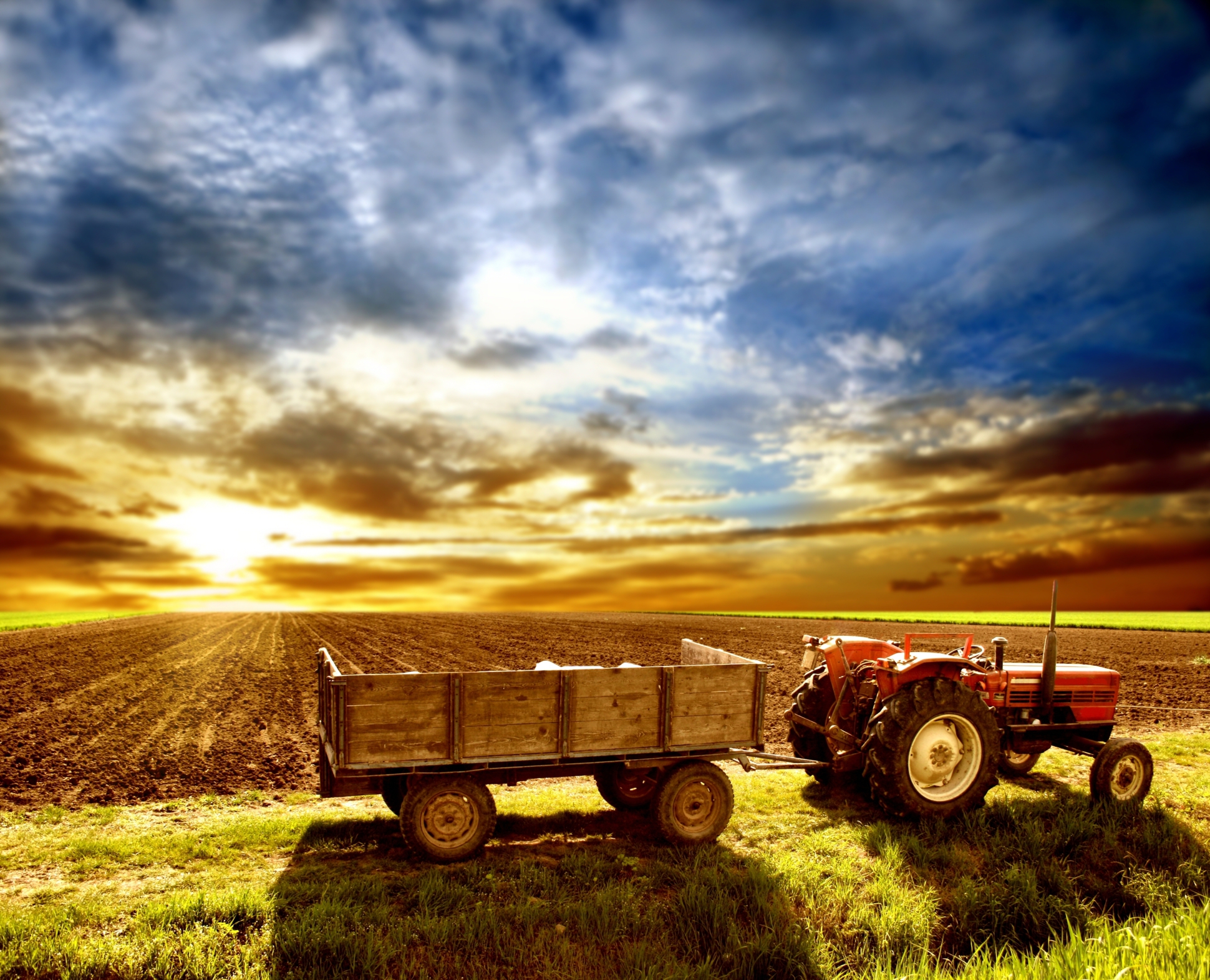
Drawing on its diverse climate, natural resources and ecological foundations, Iran produces a long array of agricultural products, of which some, such as saffron, pistachios and caviar, hold worldwide reputation. Nonetheless, Iran’s agricultural industry accounts for a mere 12-13 % of the country’s economy, with 4 mn people employed in this sector. One-third of Iran’s total surface area is suited for farmland, but because of poor soil and lack of adequate water distribution in many areas, most of it is not under cultivation. Only 12% of the total land area is under cultivation (arable land, orchards and vineyards). Some of the features of Iran’s Agricultural sector are as follows:
- 16,500 food companies are working under license of “Ministry of Agriculture“ and “Ministry of Industry, Mine and Trade” with about 100 mn tons nominal capacity, which their actual capacity is about 50 mn tons.
- Food and beverage contribution amounted 22.9% of Iranian household’s expenditure. Iran owns the 4th rank in food export among West Asian Countries.
- Market share of Food industries is 18.3% of total industries volume in Iran. Moreover, 16.5% of employment, 13.2% of investment and 10.8% of value-added belong to this industry.
- Iran’s self-sufficiency in food production has improved by 24% since 2013, mainly thanks to higher production of wheat and sugar.
- In 2016 Iran’s wheat production had reached 13.5 million tons in a year and the country celebrated the first time it had become self-sufficient in production of the crucial agricultural product in 40 years.
- 1.575 million tons of sugar was produced in the last Iranian year, registering a record high and meeting more than 74% of the domestic demand for the product.
- Currently, Iran is largely self-sufficient when it comes to vegetables and nuts, and Iran has the world’s largest production of pistachio, nuts, saffron and barberries.
Vision
- According to its 6th Five-Year Development Plan (2017-2022), Iran is going to increase the quantitative production of its agricultural products. A few examples of these expansions are as follows:
- Production of wheat to increase from 10,576 in 2017 to 14,500 tons by the year 2021; barley from 2,955 to 3,588; maize from 1,659 to 3,000; forage corn from 9,803 to 11,154; beetroot from 4,731 to 10,200; sugar cane from 6,732 to 7,500 and so on.
- Increasing government investment in Agriculture sector infrastructure and correction of business environment of the sector which can help growth of private investment.
- Special attention to the important issue of financing (investors) for the purpose of renovation of farms and gardens, including completion of new watering grids, importance of farms and gardens watering systems, modernization of equipment and enhancing technologies of breeding, husbandry and aquatics as well as protection and revival of natural resources.
- Organization of seeds and saplings production by private sector and supporting foreign companies participation for the purpose of technology transfer to the country.
- Implementation of health and bio-environmental standards based on latest world scientific developments in production and processing of agro-products, reduction of waste during production stages, cropping, transport and storage and delivery.
- Facilitation of Foreign Direct Investment or FDI can help promotion of investment in agriculture in four ways: 1) Supply of capital 2) Transfer of technology and upgrade the knowledge of agriculture 3) Connection of domestic producers to international supply chain 4) Reduction of risk in agriculture production through establishment of insurance so that it would absorb part of the risk for expansion of investment.
8. Capital Market
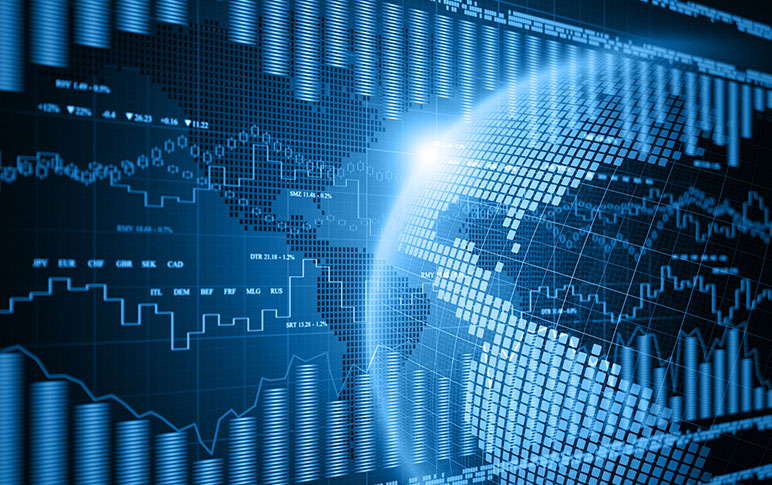
The capital market of Iran has been a pioneer market during its 49 years of activity for financing businesses through local funds. Tehran Stock Exchange has 320 listed companies, 4 ETFs, 15 different debt securities, including cooperation certificates, sukuks and CDs. There are 104 brokerage firms, 157 mutual funds and several other registered entities like investment banks, investment advisories, portfolio management companies, investment companies as well as financial information providers. The most important advantage that Iran’s capital market has in comparison with other regional markets is that there are 37 industries directly involved in it. Industries such as the automotive, telecommunications, agriculture, petrochemical, mining, steel, iron, copper, banking and insurance, financial mediation and other trades, hold shares at the stock market, which makes it unique in the Middle East. Latest statistics show that 264 foreign investors received trading codes over the past year, which shows a 42% rise compared with the corresponding period of a year before. Some of the features of Iran’s capital market are as follows:
- Increasing liquidity in securities market with a review on trading regulations.
- Continuation of privatization plan and IPOs of state-owned companies.
- Establishing Islamic bonds and products such as Sukuk and Islamic
- Mortgage-Backed Securities (MBS), based on market development act and tax exemption.
Vision
- The development of the capital market with emphasis on financial and commodity instruments design and engineering, the energy exchange development and the supply of crude oil and petroleum products in the energy exchange, institutional reform of corporate governance for public corporations and financial institutions (according to 6th Five-Year Development Plan).
- The required policies and orientation to enhance the transparency of information in the capital market and establishing the rating agencies to attract foreign investment and international financing (according to 6th Five-Year Development Plan).
- The permission of foreign financial and credit institutions’ participation in Iran within the framework of the law of Implementation of General Policies of Article (44) of the Constitution and the law of Investment Promotion and Protection Act (according to the 6th Five-Year Development Plan).
- Facilitating and expanding market access by means of developing brokerage network, electronic trading and direct market access.